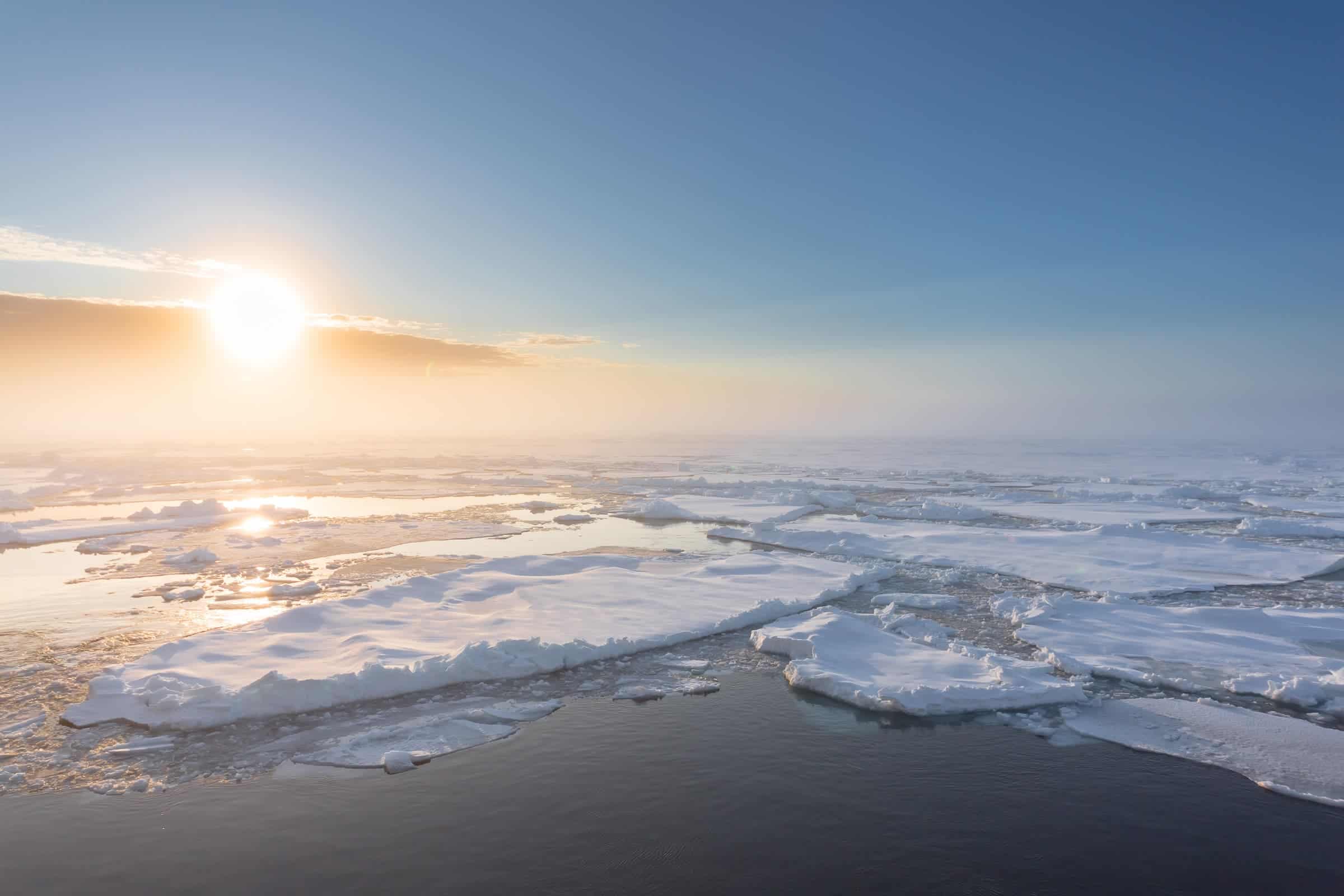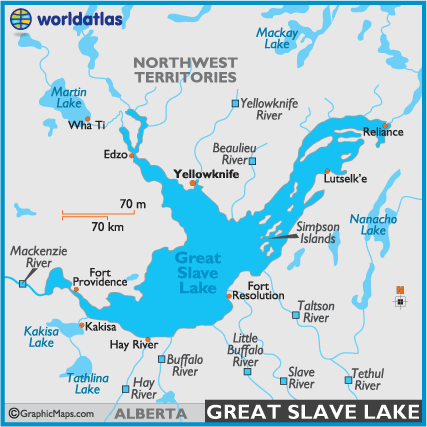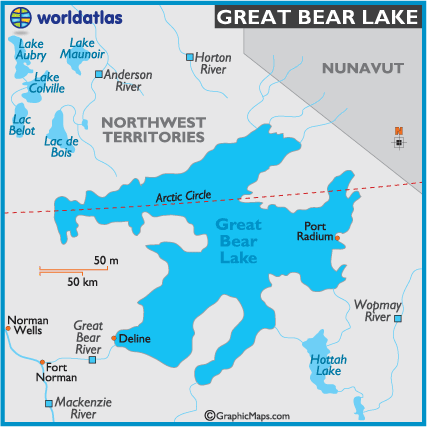
Arctic Ocean
Twenty percent of the Earth's water is tied up in arctic ice and glaciers. As you can see from the map, the Arctic region (outlined in red) is made up of mostly water. Water, frozen or liquid, plays a vital role in the environment of the Arctic. The Arctic Ocean covers 15,558,000 square kilometers (6,006,977 square miles) (http://www.arcticworld.net/). "Arctic ice cools warm ocean currents and generates cold deep ocean water. Deep, cold currents flowing south from the Arctic Ocean distribute nutrients and control temperatures in the Atlantic and Pacific Oceans." (http://what-when-how.com/water-science/arctic-and-subarctic-regions-water-science/). In the winter, the entire Arctic Ocean is covered in sea ice. In the spring, ice melts back towards the North Pole resulting in large icebergs in the open ocean waters. The Arctic Ice Cap is a large area where there are permanent layers of ice covering. This helps to regulate the Earth's temperature by reflecting the sun. The temperature of the Arctic region in the winter is around -40 degrees Celcius and in the summer is about 10 degrees Celsius. The highest recorded temperature in the Arctic was in 1915 in Ft. Yukon, Alaska with about 38 degrees Celcius.

Freshwater
Surprisingly, the Arctic region has a diverse range of freshwater ecosystems like wetlands, deltas, lakes, ponds, rivers, etc. Some of the largest and deepest lakes on the planet thrive in this region. For example, Great Bear Lake in Canada, Great Slave Lake also in Canada and Lake Taymyr in Russia. These bodies receive their waters from permanent and intermittent rivers/streams that drain mountains, highlands, and glaciated areas. Even though these freshwater systems are so abundant, they do not contain a large amount of biodiversity.
Effects of Global Warming
As temperatures increase from global warming, fish habitats will change with the population of cold-water species diminishing. Even though it is almost impossible to predict the future, some scientists believe that most freshwater species will be forced to migrate northwards. This causes the issue that these native species of the Arctic will be forced to compete for food and light affecting their ability for survival. Without the fish, the nutrient levels are likely to increase resulting in mass amounts of zooplankton, resulting in a decrease of lake oxygen levels.
As Arctic sea ice melts, water passages become more open. This provides clear shipping routes for traveling and trading. The Northwest Passage is the most profitable shipping lane in the Arctic. Also, tourism can fan out through the Arctic with less sea ice. In 2016, a luxury cruise ship traveled through the Northwest Passage for the first time. Good thing there was not a second Titanic occurrence. Icebreakers are still required through travel in the Arctic. Of course, Russia owns the largest and most powerful icebreakers.
Boarders
In the Arctic region, borders do not really exist, the countries that make up the region consist of Russia, the United States, Canada, Greenland, Iceland, Norway, Sweden, and Finland. Each country has exclusive economic zones (EEZ's) which extend 200 nautical miles off of the coasts of each country. Within their EEZ, the country can explore and exploit the resources in the area. The main thing is respecting each other's boundaries. Since the Arctic is rich in natural resources such as oil, it is bound to strike conflict. Right now Russia is building up its military and industrial presence in the region.
This is a link to a video about the Race for the Arctic resources and Russia is the main attraction.
ArcGIS Map: Icebreaker Zone within the Arctic
Sources
“Arctic Water Resources.” Norwegian Polar Institute, 2004, www.npolar.no/en/projects/details?pid=d4261364-d2a8-53c1-a890-be85731d40a1.
“Arctic and Subarctic Regions (Water Science).” Whatwhenhow RSS, what-when-how.com/water-science/arctic-and-subarctic-regions-water-science/.
“Welcome to ArcticWorld.” Arctic World, www.arcticworld.net/.
Brears, Robert. “Freshwater Ecosystems in the Arctic.” Oceanwide Expeditions, oceanwide-expeditions.com/blog/freshwater-ecosystems-in-the-arctic.
National Geographic Society. “Arctic.” National Geographic Society, National Geographic, 9 Oct. 2012, www.nationalgeographic.org/encyclopedia/arctic/.
No comments:
Post a Comment